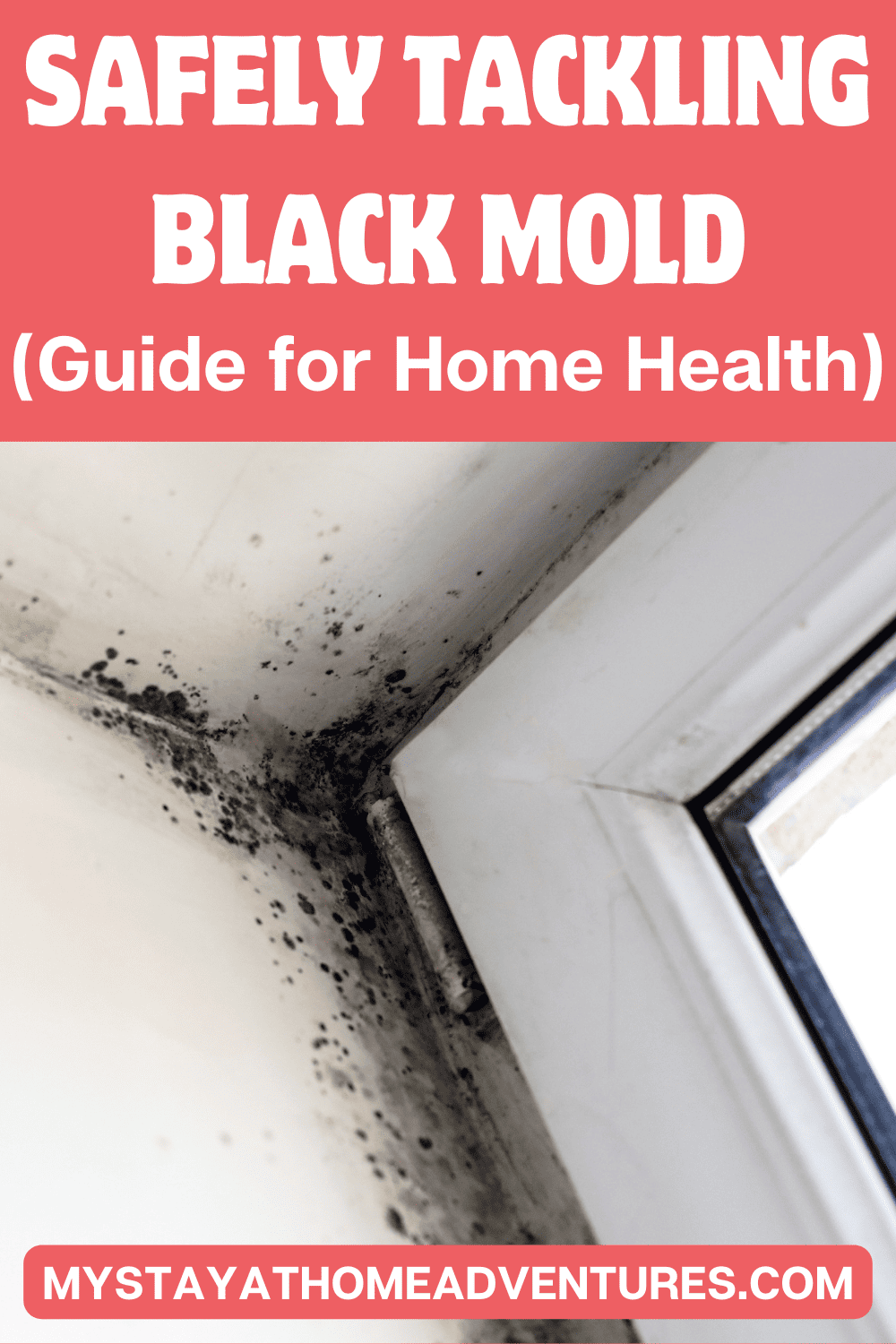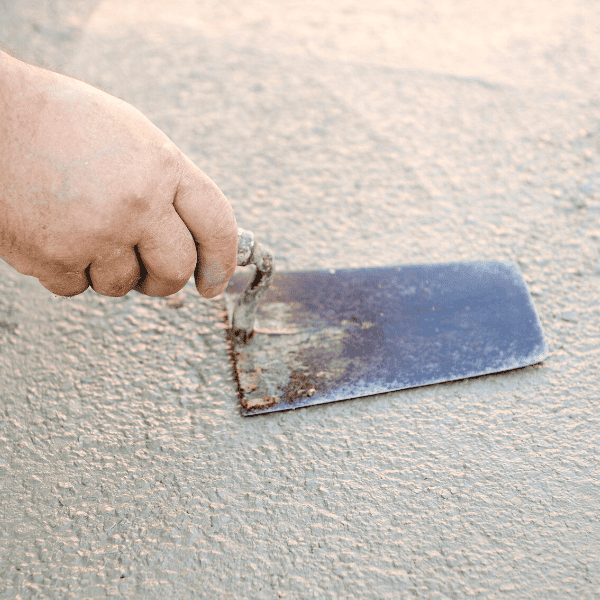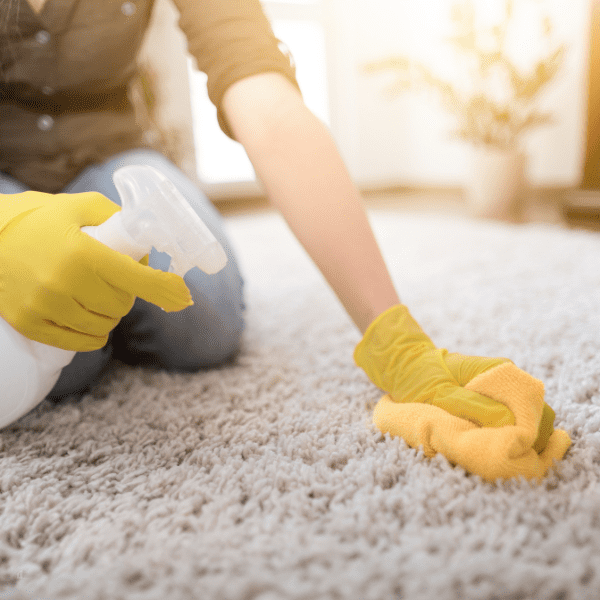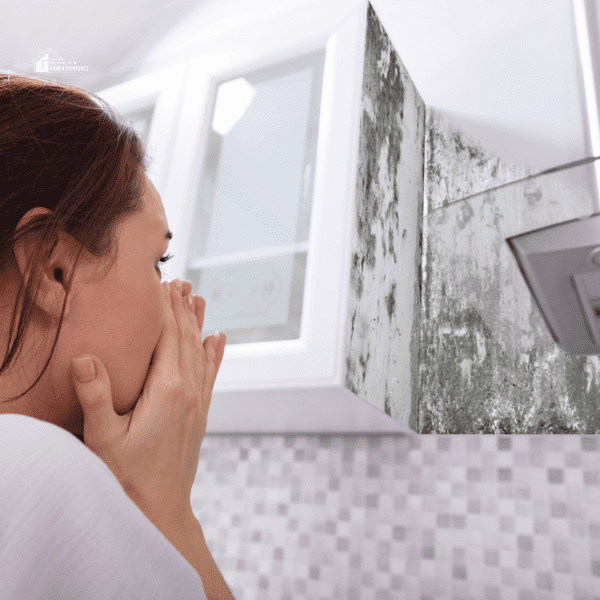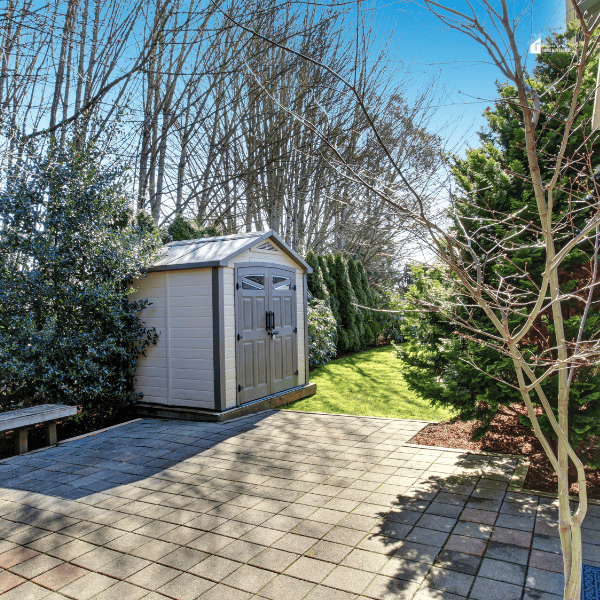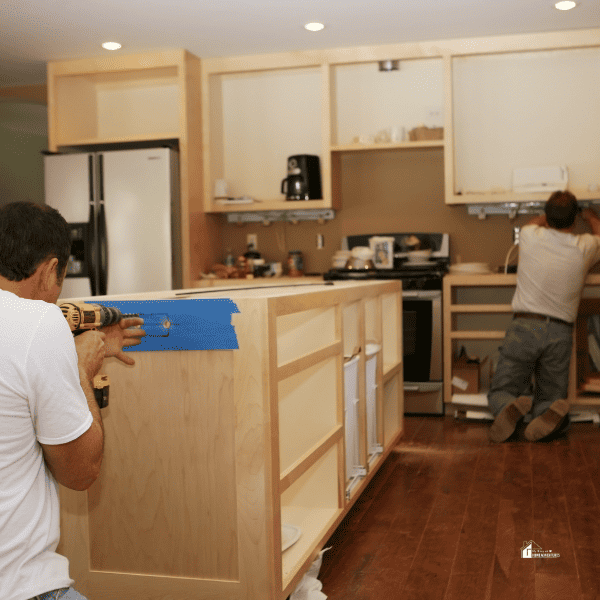Safely Tackling Black Mold: Guide for Home Health
This post may contain affiliate links which might earn us money. Please read my Disclosure and Privacy policies hereIn the damp corners of your home, a silent enemy may be lurking, one that no amount of lemon-scented cleaning products can easily rid you of. I'm talking about black mold—a menace that strikes fear into the hearts of homeowners and mothers alike. But fear not! This doesn't have to be a horror story with an ominous conclusion. In this comprehensive guide, we'll walk you through identifying, tackling, and preventing the spread of black mold in your home, ensuring your family breathes easily.
According to various sources, approximately 70% of homes have some kind of mold in them, with black mold, also known as Stachybotrys, found in around 16% of all indoor air tested samples. Additionally, about 28% of people have mold allergies, and around 50% of homes in the United States have mold. These startling statistics highlight just how prevalent black mold is and why it's essential to know how to tackle it effectively.
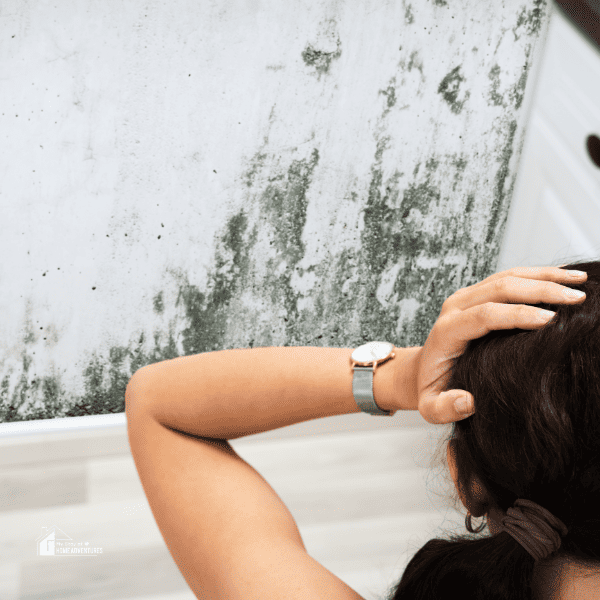
Identifying Black Mold
Black mold can grow anywhere that has moisture, such as bathrooms, basements, kitchens, or any other humid environments. It typically thrives in damp areas with high levels of humidity and organic material for food. The most common places to find black mold in homes include areas with water damage, such as leaky roofs, pipes, or windows. But how do you know if it's black mold and not just regular household mold?
The easiest way to identify black mold is by its appearance. As the name suggests, it is typically dark or black in color and can have a slimy texture. However, not all black molds look the same, so it's essential to pay attention to other signs as well. Black mold can also have a strong musty odor and may cause discoloration or stains on surfaces where it grows.
You might enjoy these posts:
What kills black mold permanently?
To permanently kill black mold, a multipronged approach is crucial. Start with a mixture of water and either white vinegar, borax, or hydrogen peroxide, applying it directly to the infested areas. These substances not only kill mold spores on contact but also absorb moisture that facilitates growth.
For more persistent infestations, commercial products containing chlorinated phenols, alcohols, quaternary ammonium salts, or hypochlorites can be used, albeit with proper ventilation and protective gear. After treatment, ensuring the area is dry, ventilated, and exposed to sunlight whenever possible will prevent mold from regaining a foothold.
Is it safe to clean black mold yourself?
In most cases, homeowners can safely clean black mold themselves. However, if the infestation exceeds 10 square feet in area or the source of moisture is not fixed, professional assistance may be advised. If you do choose to tackle it yourself, always wear protective gear: gloves, goggles or a face mask that covers your nose and mouth, and clothing that covers your skin.
Open windows and doors for ventilation, spray vinegar or hydrogen peroxide solution on the affected area, wait 10-15 minutes, then scrub with a brush until visible signs of mold disappear. Dispose of all contaminated materials in sealed plastic bags.
Can black mold go away?
Yes, black mold can go away with proper treatment and prevention measures. With diligent cleaning and removal of moisture sources, the mold will eventually die off and disappear. However, it's essential to note that even after visible signs of mold are gone, microscopic spores may still be present in the area. To prevent regrowth, regular cleaning and maintenance should continue, as well as taking steps to improve ventilation and reduce humidity in affected areas.
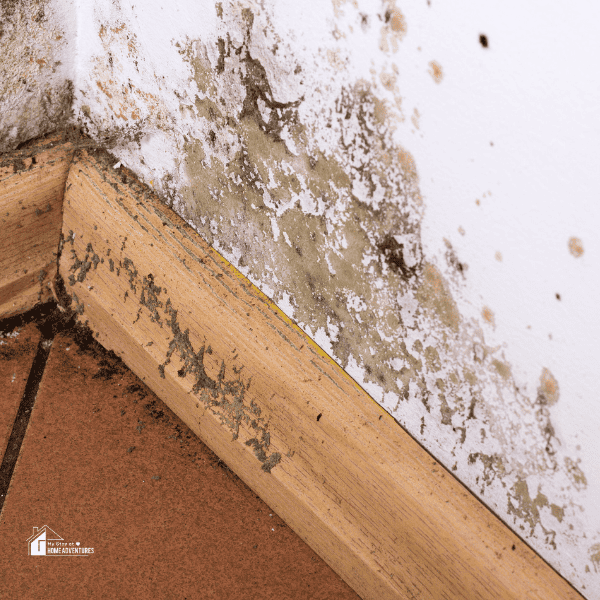
Can black mold cause health problems?
Yes, prolonged exposure to black mold can result in various health problems ranging from minor irritations to severe respiratory issues. Common symptoms include sneezing, coughing, wheezing, sore throat, and skin irritation. Individuals with allergies or asthma may be more susceptible to these effects.
In extreme cases where the infestation is severe and prolonged, black mold can cause long-term health problems such as pulmonary hemorrhage or fungal infections in individuals with weakened immune systems.
The Menace of Black Mold: What You Need to Know
Black mold, or stachybotrys chartarum, is a toxic and allergenic mold that can grow in homes with high humidity levels and water damage. Although the color black is in its name, it can appear greenish-black, and while it's not always visibly black, it shares the same harmful properties. It's important to note that not all molds that appear black are stachybotrys, but all molds in this hue should be treated with caution.
Recognizing the Signs Indoors
It's often found in areas where chronic moisture accumulates—think bathroom walls, in and around leaky windows, under sinks, and along leaky or burst pipes. It thrives in the secret spaces, sometimes growing within walls and under floors.
What to Look For:
- Black, slimy patches
- A musty and earthy odor
- Water stains
- Past flooding or leaks
If your home experiences any of these red flags, especially if respiratory issues become commonplace, it's high time for a little mold detective work.
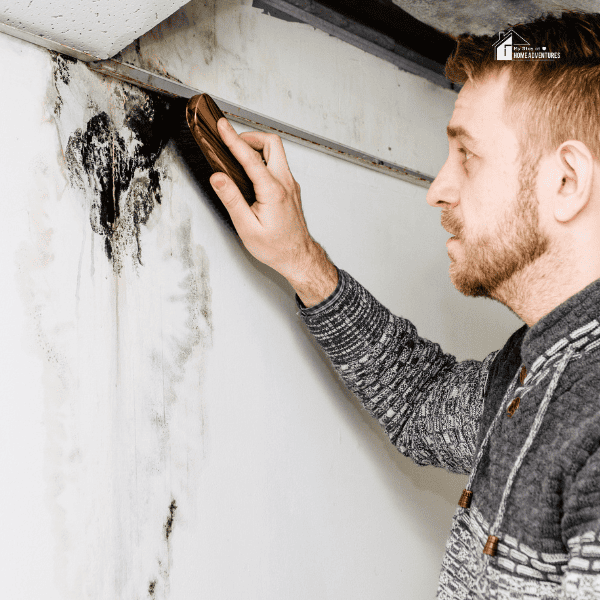
DIY Mold Inspection: Becoming the Sherlock of Home Health
Before we don our cleaner-clad cape, let's conduct a thorough investigation. This DIY mold inspection involves a bit of sleuthing coupled with a keen eye for detail.
Areas of Concern
Inspect the following areas for mold growth or water damage:
- Bathrooms: Check the caulking around tubs and shower enclosures, above shower tiles, and near any features that regularly get wet.
- Kitchens: Under the sink, behind the refrigerator, and near any piping, as well as the sealing around the dishwasher.
- Basements and Crawl Spaces: These areas are typically more humid. Look for water stains, drooping insulation, or signs of flooding.
- Attics: Inspect for signs of leaks, especially near the eaves.
- HVAC Systems: Mold can circulate throughout your home if located in your heating, ventilation, and air conditioning system.
Remember, sometimes mold is hidden, tucked away just out of sight. A comprehensive inspection might require you to peel back the layers and check behind walls and underneath carpeting or flooring.
How to Inspect:
- Start with a visual check. Look for discoloration, water stains, and cracks that could indicate hidden growth.
- Follow your nose. Sometimes, the telltale odor is the first sign you'll notice.
- If visual inspection doesn't reveal any growth, you can perform a DIY air sampling using home test kits available at most hardware stores.
Once you have your data collected, it's time to act. But should you reach for the phone first or the mop?
When to DIY and When to Call the Pros
The size of the mold problem usually determines the right course of action. If the affected area is larger than about 10 square feet, it's probably time to call in a professional. If you do decide to tackle small areas of mold yourself, protective gear is a must.
DIY Safety Precautions:
- Wear gloves, goggles, and a mask or respirator.
- Ventilate the space well.
- Clean the affected area with commercial mold removers or natural solutions, such as white vinegar or tea tree oil.
- If porous materials are affected (like drywall or carpet), you may need to dispose of them.
- Use plastic sheeting and duct tape to seal off the area and prevent the spread of spores.
Professional Remediation Services
For larger areas or if you're dealing with mold-related health issues, it's best to invest in the services of a certified mold remediation specialist. They have the expertise and equipment to remove the mold and prevent regrowth safely.
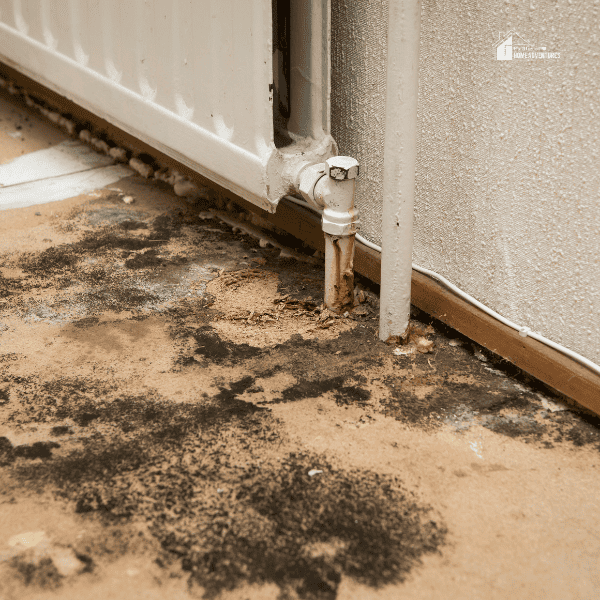
Natural Mold Cleaners to the Rescue
Fear not the black mold nor the task of its removal. Arm yourself with the right cleaners, and you'll be ready to take on this villain with the natural prowess of everyday items.
Effective Natural Cleaners:
- White Vinegar: A powerful ally, white vinegar can kill 82% of mold species. For minor outbreaks, use it straight from the bottle.
- Tea Tree Oil: A few drops in a spray bottle with water can help clear moldy surfaces. Plus, it leaves a fresher, spalike scent behind.
- Baking Soda: It not only deodorizes but can also scrub away mold from various surfaces.
- Hydrogen Peroxide: It has antifungal, antibacterial, and antiviral properties and is effective for eliminating mold on various surfaces.
Natural doesn't mean you need to make peace with the mold; it just gives you a healthier, less toxic way to remove it from your household environment.
Prevention: Your Best Offense Against Mold
Let's be proactive. Once you've eliminated the mold, it's time to prevent its triumphant return.
Mold-Preventative Measures to Implement:
- Control Moisture: Use dehumidifiers in basements and other damp spaces. Fix leaks immediately and keep surfaces dry.
- Improve Ventilation: Open windows in bathrooms or exhaust fans during showers. Ensure your HVAC system is properly vented.
- Regular Inspections: Schedule routine checks for moisture and integrity of plumbing and other potentially leaky systems.
- Anti-Mold Paints and Additives: In areas prone to high humidity, consider using anti-mold paint or adding mold inhibitors to your regular paint.
- Keep an Eye Out: Stay vigilant. Regularly inspect the areas in your home where you've found mold or are prone to high moisture/humidity.
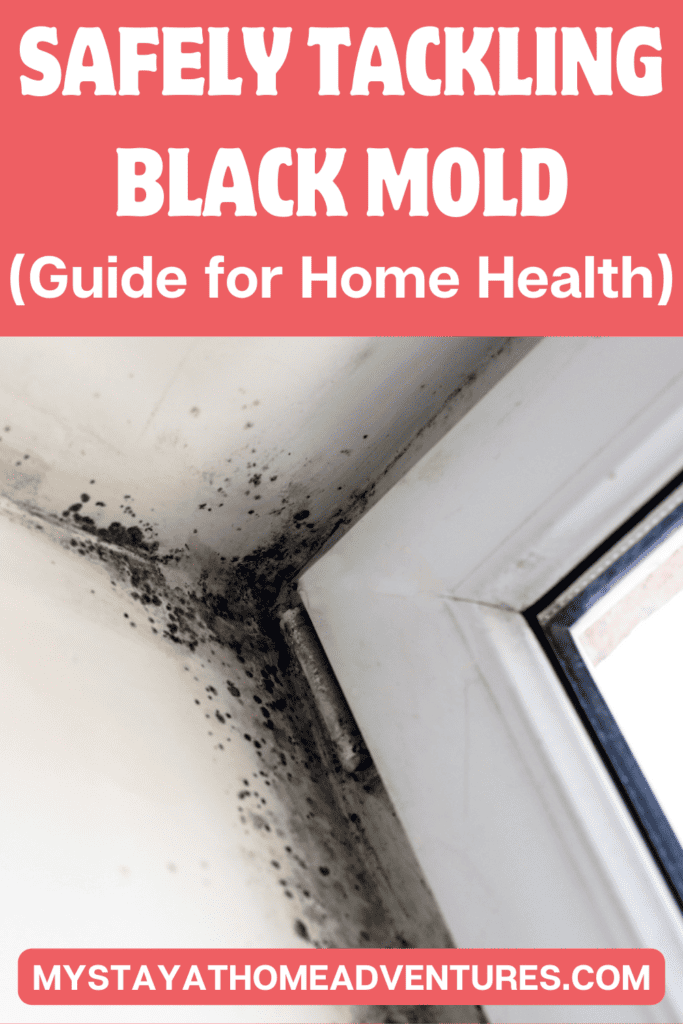
Final Thoughts: A Fresher, Healthier Home Awaits
Black mold may be a formidable foe, but it's not invincible. With the knowledge and tools to recognize, eliminate, and prevent its growth, you're equipping your home with the best “health insurance” available. From vinegar solutions to professional remediation, there are numerous strategies to safeguard your home against mold's stealthy invasions.
Every moment you spend investing in the health of your home is a moment given back to your family. It's the peace of mind, the detox from potential allergens, and the knowledge that you're fostering a living environment free from toxic invaders. It's more than a clean home; it's the nurturing grounds for a thriving family. Remember to breathe easy. Your house is your sanctuary. Let's keep it that way.
This DIY mold inspection is something that every homeowner should do regularly. By being proactive and taking preventive measures, you can protect your home from the harmful effects of mold.
To begin with, inspect areas that are prone to moisture, such as bathrooms, kitchens, basements and crawl spaces, attics, and HVAC systems. These are the usual spots where mold growth or water damage can occur. Look for signs such as discoloration, water stains, and musty odors.
Once you've identified potential areas of concern, it's time to take action. Depending on the size of the mold problem, you may need to call in professional remediation services or tackle it yourself with proper safety precautions and natural cleaners like white vinegar, tea tree oil, baking soda, and hydrogen peroxide.
However, controlling moisture in your home is key to preventing mold growth. This includes fixing leaks immediately, using dehumidifiers, improving ventilation, and regularly inspecting areas prone to high humidity. You can also use anti-mold paints or additives in areas that are more susceptible to mold growth.
By being proactive and taking preventive measures, you can maintain a fresher and healthier home for you and your family. Remember to inspect areas in your home regularly for potential mold growth, and don't hesitate to call in professional help for larger or more serious cases of mold infestation. With the right knowledge and tools, you can conquer the battle against black mold and enjoy a peaceful, toxin-free living environment.

